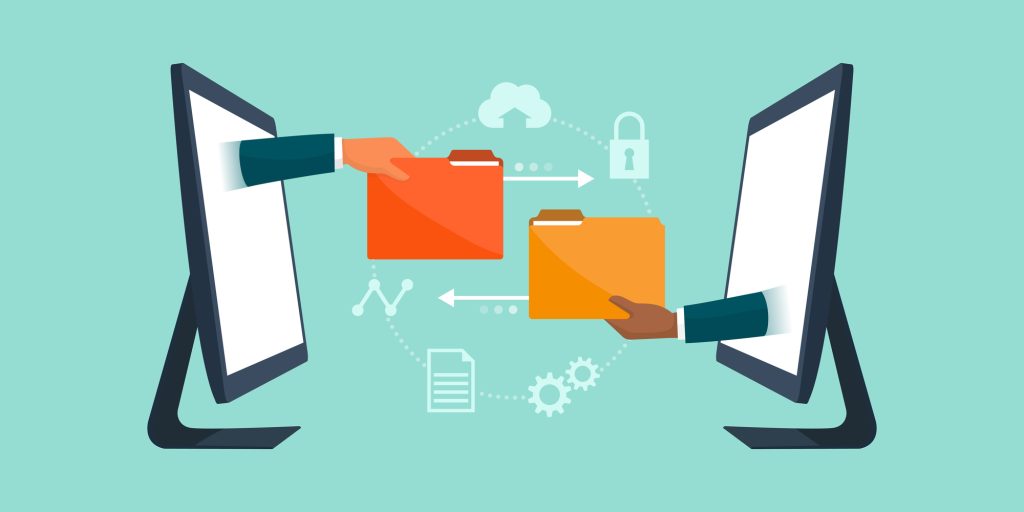- January 17, 2023
- Catagory remote work
Remember the basics of remote work security
At the risk of sounding like a broken record, remote work isn’t going away, so you need always be mindful of some core security measures that protects what looks to be a perpetual hybrid workplace.
These measures are both technical and cultural in nature – your people are just as critical as the security technology you deploy to accommodate remote work.

The most obvious step you can take on the technology front is to regularly update and monitor your network security. This includes applying the latest security patches and upgrades to all devices, including updates to operating systems as well as keeping your antivirus and antimalware programs current. Don’t forget hardware updates such as those for your routers and switches, either.
A strong technology foundation is critical to remote work security and should also include secure VPN access for any employee working outside the office, as well as multi-factor authentication (MFA), both of which lay the groundwork for creating a Zero Trust environment. Also essential are tools for monitoring your environment so you have a complete understanding of what’s connected to your infrastructure, whether it’s devices that support remote work or other devices and services, including internet of things (IoT) devices. You should be able to interrogate the network so you can know for certain how every connected device behaves at the packet level.
In the era of remote work, MFA is a must have, and illustrates how critical the intersection of technology and people is to security. Employing MFA recognizes that even the best passwords can be broken and that the users who select and use them make mistakes. This is where employee education comes into play so all users, remote or otherwise, understand good password etiquette and the benefits of adding another layer of security with MFA.
User education is also the best defence against phishing emails, which remain the most common threat to your sensitive data. The upheaval of the pandemic has made for good cover for threat actors who send convincing emails that open the door to malware and ransomware.
The culture of your organization has always been critical for maintaining robust security, and the sudden switch to remote work was a stark reminder of that. Even as many employees return to the office, it’s a great time to remind your entire team that remote work requires the same level of attention to best practices around storing and security mission critical data.
The return to the office should also be seen as an opportunity to take another look at your entire security strategy – consider tapping into the expertise of a managed service provider to help you re-evaluate and refresh your technology and best practices.




 Latest Blogs
Latest Blogs FAQ
FAQ